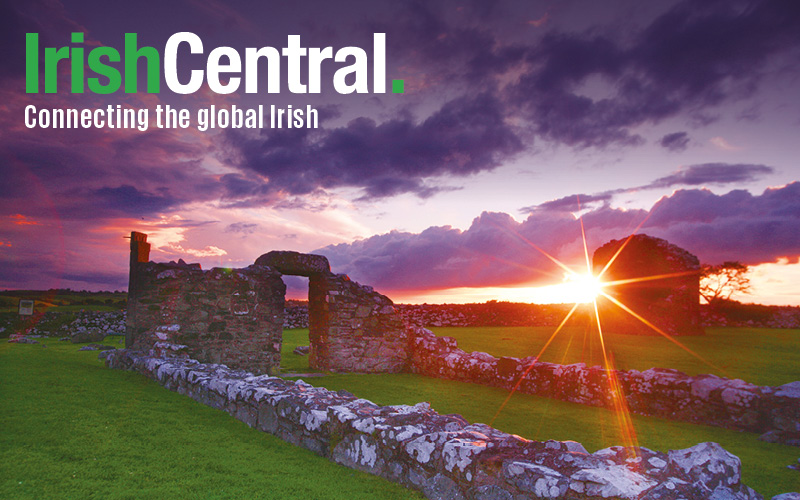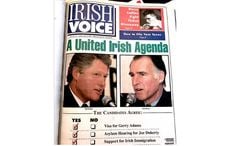If you’re a structural engineer, New York City is like an epic playground. More precisely, it’s like a museum, and one of the greatest ever constructed.
But museums are curated storehouses of the glorious past. They’re not really living things.
It’s an unadvertised benefit of living in New York that for $2.50 you can take a subway ride through one of the greatest feats of human engineering ever undertaken.
The problem is that most of it was undertaken by people long dead at the start and middle of the last century (not to mention the one before it). If you look out the window at the passing bridges and tunnels you can plainly see that time has caught up with the ambitions of yesterday.
Iron beams have rusted, tunnels can’t cope with modern traffic congestion, the structures of yesterday groan under the weight of today. And all of this isn’t just a challenge. It’s a sobering metaphor.
The gridlock that chokes the Long Island Expressway at the entrance to Manhattan is the result and legacy of the gridlock that chokes Washington. But it goes farther and deeper than many of us are seeing.
Our crumbling infrastructure isn’t just an expression of long-term political neglect. It’s the direct consequence of our 'tax cuts for the rich and salary cuts for the rest era.'
While we are being told there is no money for ambitious public works to modernize our roads, bridges and civic infrastructure, private investment is on an unprecedented building spree.
Parts of the West Side Highway now resemble Miami Beach, featuring elegant penthouse living for the richest people on the island. But they didn’t just stop at building elegant new digs; they also built the privately-funded riverside parks in which to walk their manicured poodles.
By contrast, Chelsea hasn’t had a new children’s playground in 44 years. That’s because Chelsea doesn’t have the kind of ritzy neighbors ready to drop $85 million in private funds when the need arises.
Geoffrey Croft of NYC Park Advocates, told DNAinfo, “When you consider the dramatic needs of other parks that need a tremendous amount of help, the disparity is unbelievable.
“The High Line and Brooklyn Bridge Park, they’re exciting new additions to the parks system,” Croft said.
“But clearly that money could be used to take care of longstanding needs in other, poorer communities. But it’s not a priority.”
No, it’s not. Most of the epic construction projects of the last two decades have been on residential penthouses for oligarchs or on the glass and steel towers of the financial industry. They are private works, not public.
So our simultaneous construction boom and our collapsing infrastructure have something to say to us over and above the obvious traffic snarls and subway delays they cause: they are saying this is no city for the little people. Meaning us.
Modern New York is a tale of two cities, one that is being superimposed over the legacy of another.
Old New York was a grand place, full of divisions and diversity. New New York is a much more homogeneous city, ruled by an invading army of corporate couples who maneuver their state-of-the-art strollers through Whole Foods like Sherman Tanks.
If you’ve ever had the front door held open for you by a white-gloved attendant, you know how quickly you can come to expect it. You may discover how quickly you tune out everything that doesn’t comport to your cosseted world.
The thing about the rich is that they do not create culture. They do not see what they have trained themselves not to see: other people less fortunate than themselves, other experiences that are less glamorous, other citizens who do not look and dress like they do.
Increasingly the city’s oligarchs have been building topless tower blocks with Central Park views from which to look down on the rest of us. The higher they climb the fewer ordinary people they will see.
From the 100th floor the whole world looks like ants, after all. We are about 25 years away from the decision to ring each ritzy new skyscraper with a working moat and portcullis.
So New York’s old buildings, bridges and tunnels still have something important to say to us. It is this: we were built in service of all of the people of this city, for the masses, for commerce and industry and the public good, and forget us at your peril.
But I fear we already have.




Comments